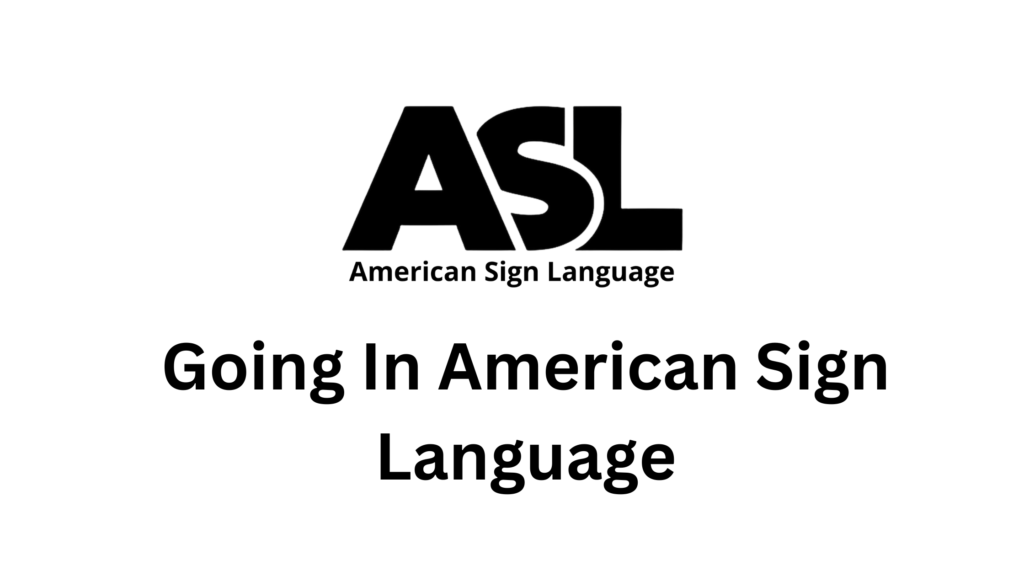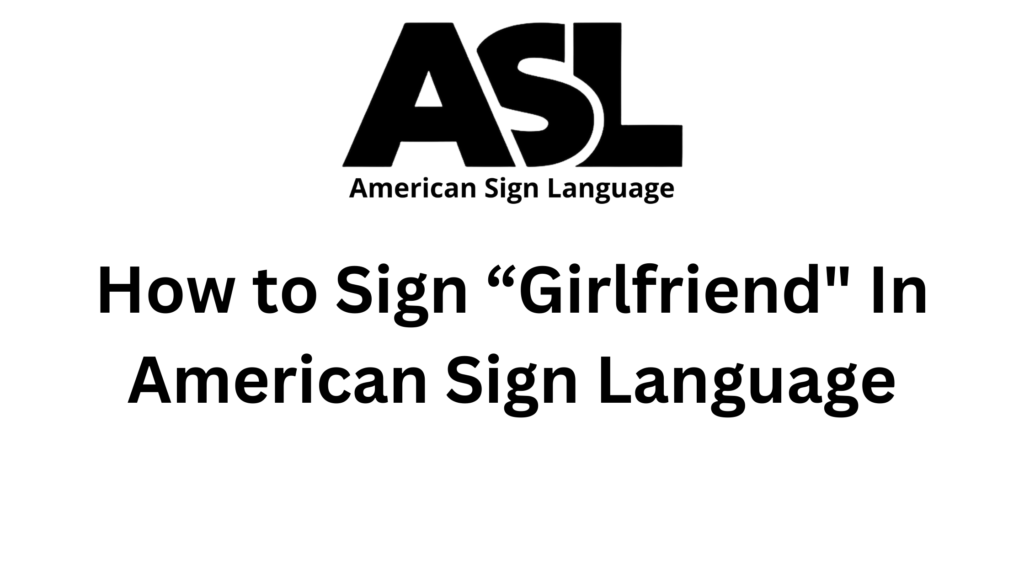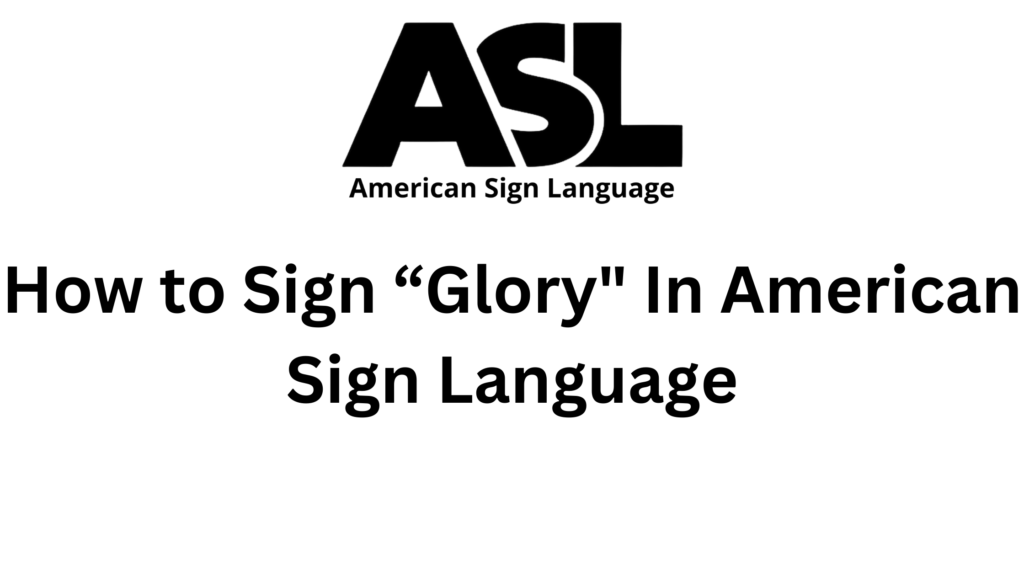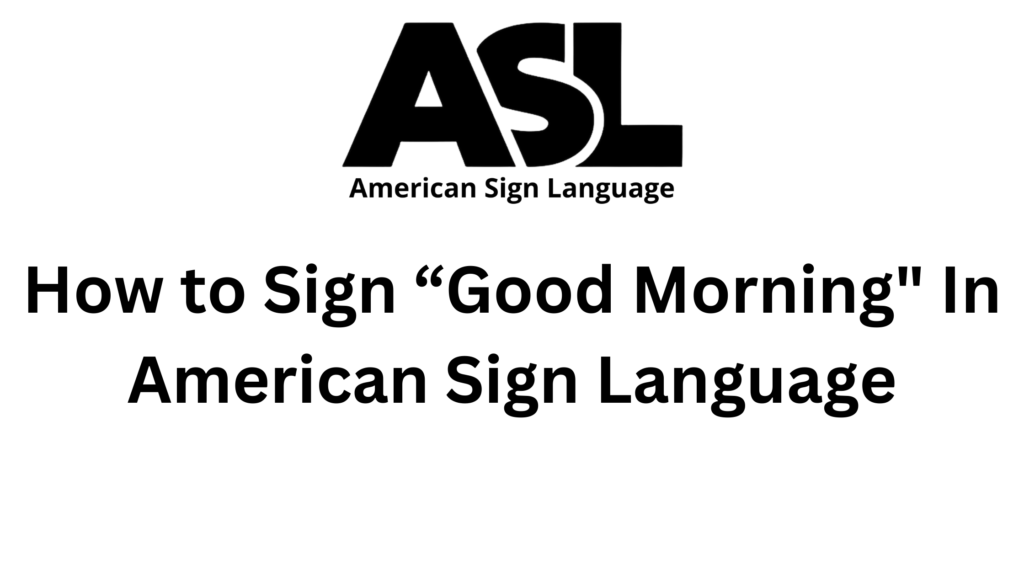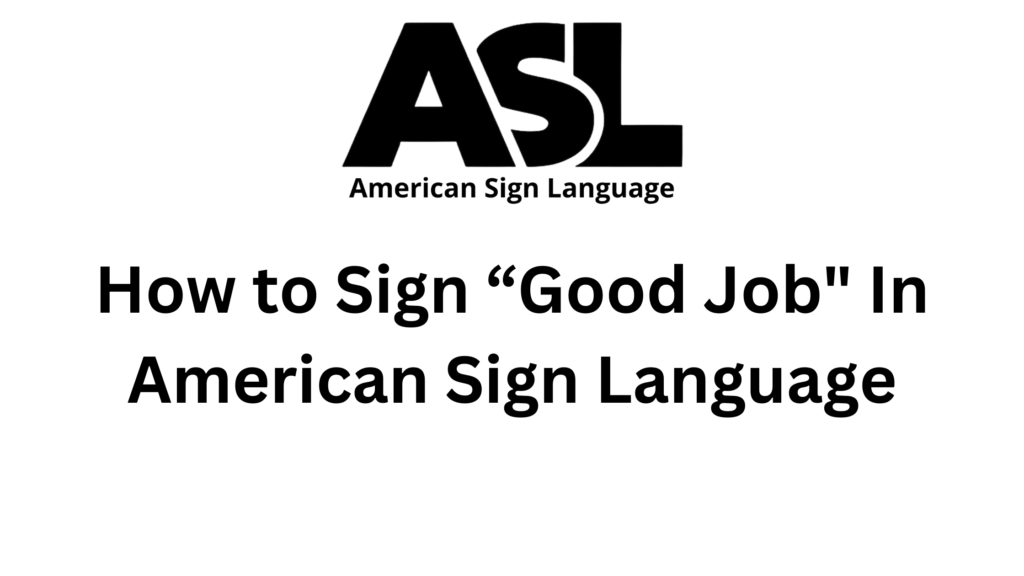Introduction to “goodbye” in ASL
Saying goodbye is a common part of daily interactions. In American Sign Language (ASL), there are different ways to say goodbye depending on the context and the relationship between the people involved. Learning to sign “goodbye” is essential for anyone who wants to communicate effectively in ASL. This guide will teach you the basics of signing “goodbye,” including handshapes, orientation, facial expressions, and cultural considerations. Let’s start with the basics.
Basic Handshape and Orientation of “goodbye”
In ASL, each sign has a specific handshape and orientation that is important to get right. For “goodbye,” the handshape and orientation are simple and easy to learn.
- Handshape: Start with an open hand. Your fingers should be spread apart, and your palm should face forward.
- Orientation: Your hand should be raised to about shoulder level, with your palm facing outward.
This is the basic setup for signing “goodbye.” Practice making this handshape and orientation in front of a mirror to ensure you are doing it correctly.
Step-by-Step Signing Instructions for “goodbye”
Now that you know the basic handshape and orientation, let’s go through the steps to sign “goodbye.”
- Start Position: Raise your dominant hand to shoulder level with your palm facing forward.
- Movement: Move your hand from side to side. The movement should be a smooth, small wave.
- End Position: Your hand returns to the starting position, with your palm still facing forward.
Practice this motion several times. Make sure your wave is smooth and consistent. The side-to-side motion is key to clearly conveying “goodbye.”
Facial Expressions and Non-Manual Markers for “goodbye”
Facial expressions and non-manual markers are important in ASL. They add emotion and context to your signs. When signing “goodbye,” your facial expressions should reflect the mood of the farewell.
- Expression: A friendly smile is common when saying goodbye. It shows that the farewell is positive.
- Non-Manual Markers: A slight nod of the head can accompany the wave. This reinforces the sign and shows attentiveness.
Practicing your facial expressions along with the hand movements is essential. This makes your signing more natural and expressive.
Common Variations and Regional Differences for “goodbye” Sign Language
Like any language, ASL has regional variations. Different areas might have slight changes in how they sign “goodbye.” Here are some common variations:
- Wave Speed: In some regions, the wave might be faster or slower. Adjust your speed based on who you are communicating with.
- Hand Movement: While the standard sign involves a side-to-side wave, some regions might use an up-and-down motion.
- Facial Expressions: Some regions might use different facial expressions to convey “goodbye.” Observe and mimic the expressions used by native signers in your area.
These variations are natural and part of the language’s evolution. Be open to learning and adapting to these differences.
Practicing and Politeness for “goodbye” Sign Language
Practice is key to mastering any sign. Here are some tips for practicing “goodbye”:
- Repetition: Practice signing “goodbye” multiple times a day. Consistent practice helps reinforce muscle memory.
- Mirror Work: Use a mirror to check your handshape, orientation, and facial expressions. This helps you self-correct.
- Peer Practice: Sign with friends or family who know ASL. They can provide feedback and help you improve.
- Video Recording: Record yourself signing “goodbye.” Watch the recordings to spot any mistakes.
When practicing with others, remember to be polite. Ask for feedback respectfully. Thank those who help you improve. Politeness in practice sessions creates a positive learning environment.
Using “goodbye” in Everyday Situations
Knowing how to sign “goodbye” is useful in many everyday situations. Here are some examples:
- Leaving a Gathering: Sign “goodbye” when you are leaving a social event or gathering.
- Ending a Conversation: Use “goodbye” to end a conversation, either in person or over video calls.
- Departing for the Day: Sign “goodbye” when you are leaving work or school for the day.
Using “goodbye” in these contexts helps you become more fluent in ASL. It also makes your conversations more dynamic and accurate.
Additional Signs for “goodbye”
Expanding your vocabulary is important in ASL. Here are some additional signs related to “goodbye”:
- See You Later: Start with an open hand, palm facing out. Point to your eye with your index finger, then point forward with the same finger.
- Take Care: Place your dominant hand on your chest with fingers spread apart. Move your hand in a circular motion over your heart.
- Farewell: Similar to “goodbye,” but often involves a larger, more pronounced wave.
Learning these signs will help you communicate a variety of farewells in ASL.
Cultural Considerations of “goodbye” in ASL
Understanding the culture behind ASL is important. Here are some cultural considerations for “goodbye”:
- Deaf Community: ASL is the primary language of the Deaf community. Respect and understand the cultural nuances of this community.
- Context: Use “goodbye” in appropriate contexts. Understand the importance of farewells in the Deaf community’s communication.
- Politeness: Always be polite and respectful when signing. Good manners go a long way in any language.
Learning about the cultural aspects of ASL enriches your understanding and helps you communicate more effectively.
Conclusion of “goodbye”
Signing “goodbye” in ASL is a useful skill. It helps you end conversations and interactions on a positive note. By learning the handshape, orientation, facial expressions, and cultural aspects, you can sign “goodbye” accurately. Practice regularly and use it in everyday situations. This guide has given you the tools to start signing “goodbye” with confidence. Keep practicing and expanding your ASL vocabulary. For more resources and guides, visit our homepage. Happy signing!


